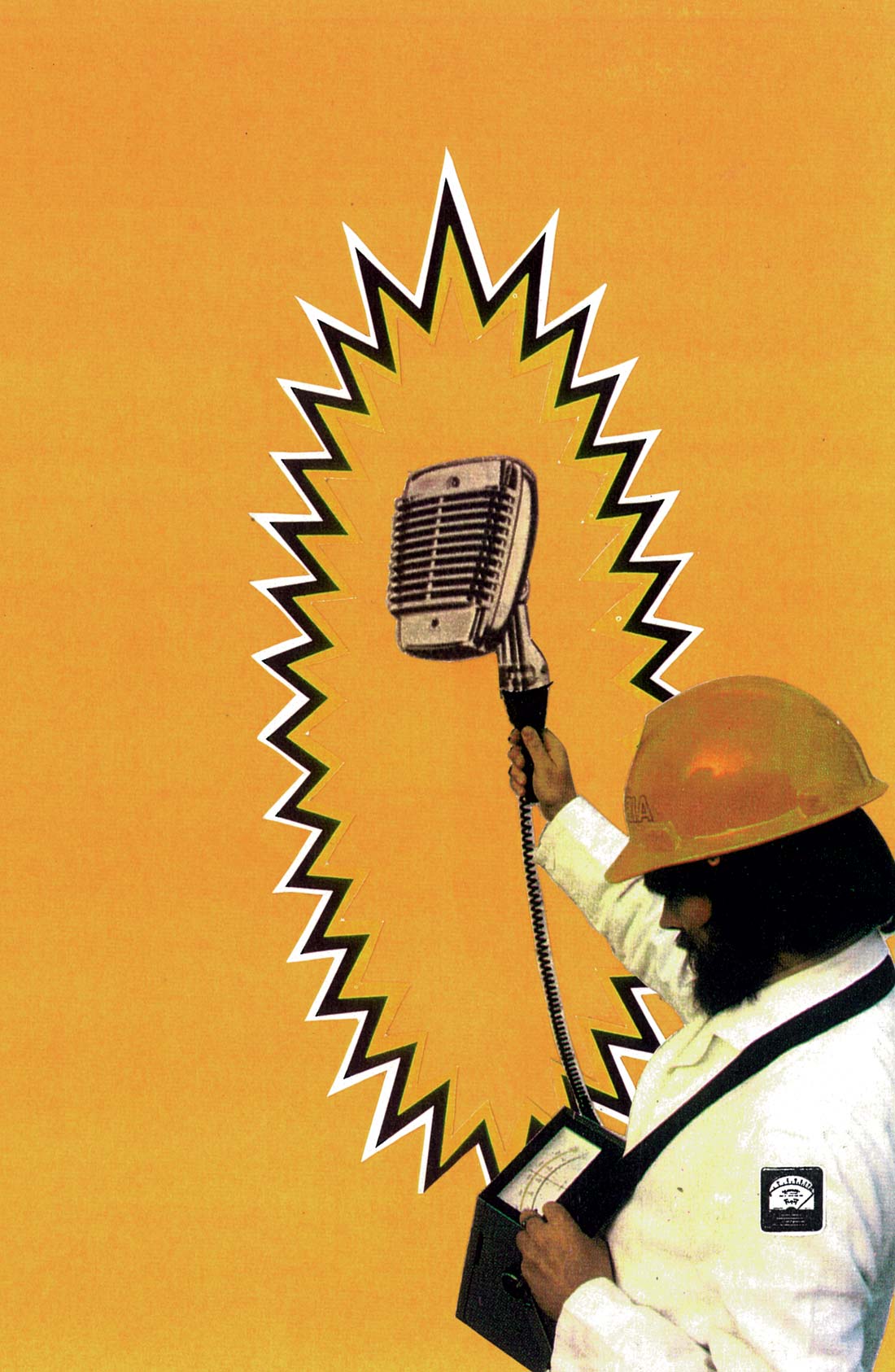With the millions of multi-effects digital processors out these days it's kind of refreshing to see an effect that only does one thing and does it very well. This is a true spring reverb - like they used to make - and it uses vibrating springs to create a reverberation effect that simulates room sounds. For younger engineers raised on digital reverbs it will be a surprise. You can add huge amounts of this to a vocal and it never sounds "fake" or "drowning". A kind of pillow-ness surrounds the vocal and it just sounds "right". James Demeter spent a lot of time designing the Real Reverb. There's two discrete channels, one longer and one shorter, that you can use independently or gang up (link) on either the input or output. There's a filter button if you want to keep low end signals from entering the springs and making them sound murky. There's phase buttons to throw the springs out of phase with the input signal in order to impart a "brightness". The one rack-space unit has input, mix and output knobs for each channel and XLR ins and outs on back. I've used Master Room, Orban and AKG springs and I'm way more impressed with the clarity and low-noise of the Real Reverb than I was with any of the vintage units. At $650 list price it may be out of the reach of some recordists but I think it's well worth every penny if you're trying to make recordings that will stand the test of time. (www.demeteramps.com, demeter@gte.net, 818-994-7658)
Effects, Plug-Ins | No. 121
SpaceModulator Flanger Plug-In
by John Baccigaluppi
Ever since I reviewed the Valhalla reverbs [Tape Op #111], I’ve continued to use these plug-ins on every session, especially Shimmer and VintageVerb. I was recently poking around on the Valhalla...




_disp_horizontal_bw.jpg)